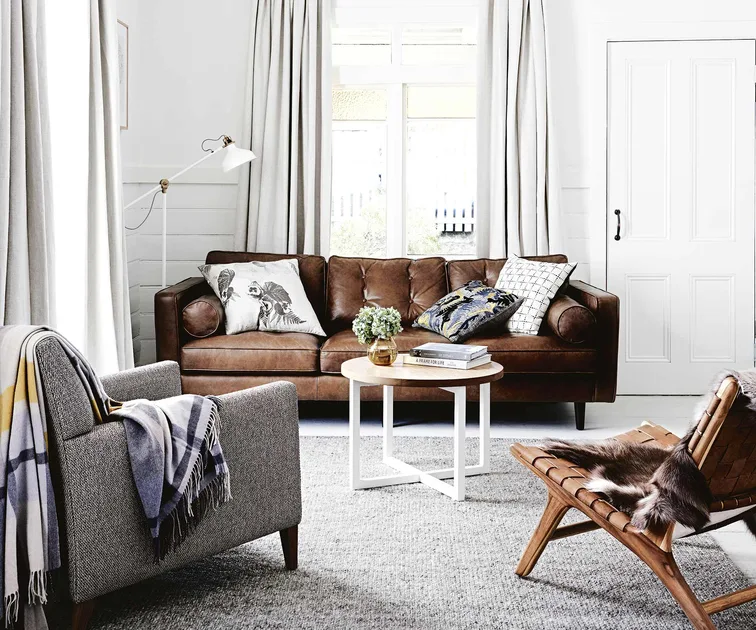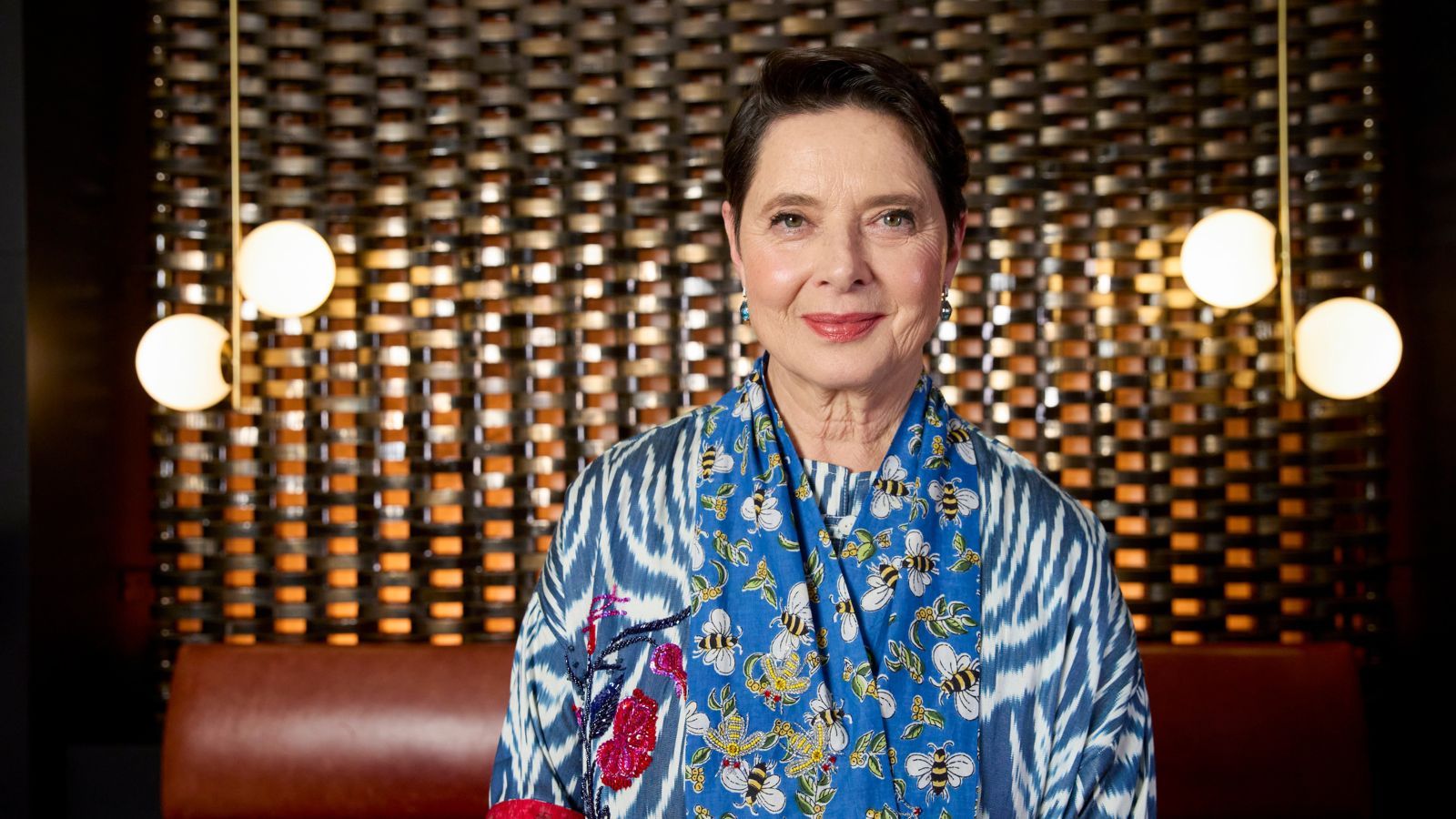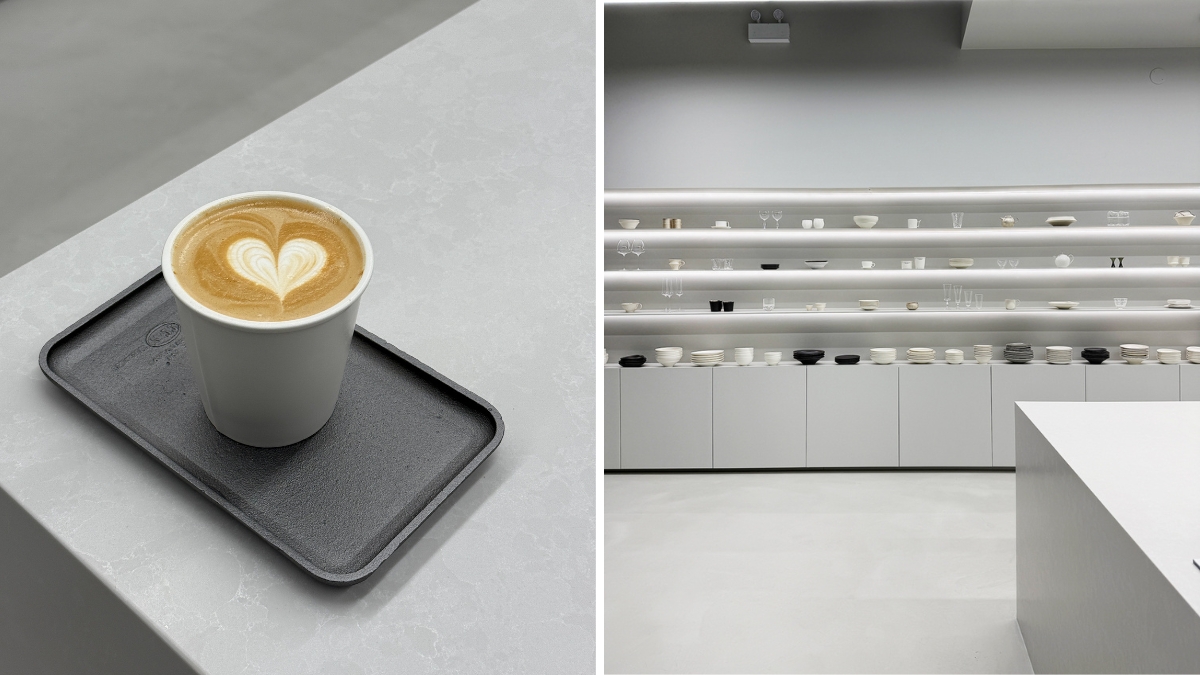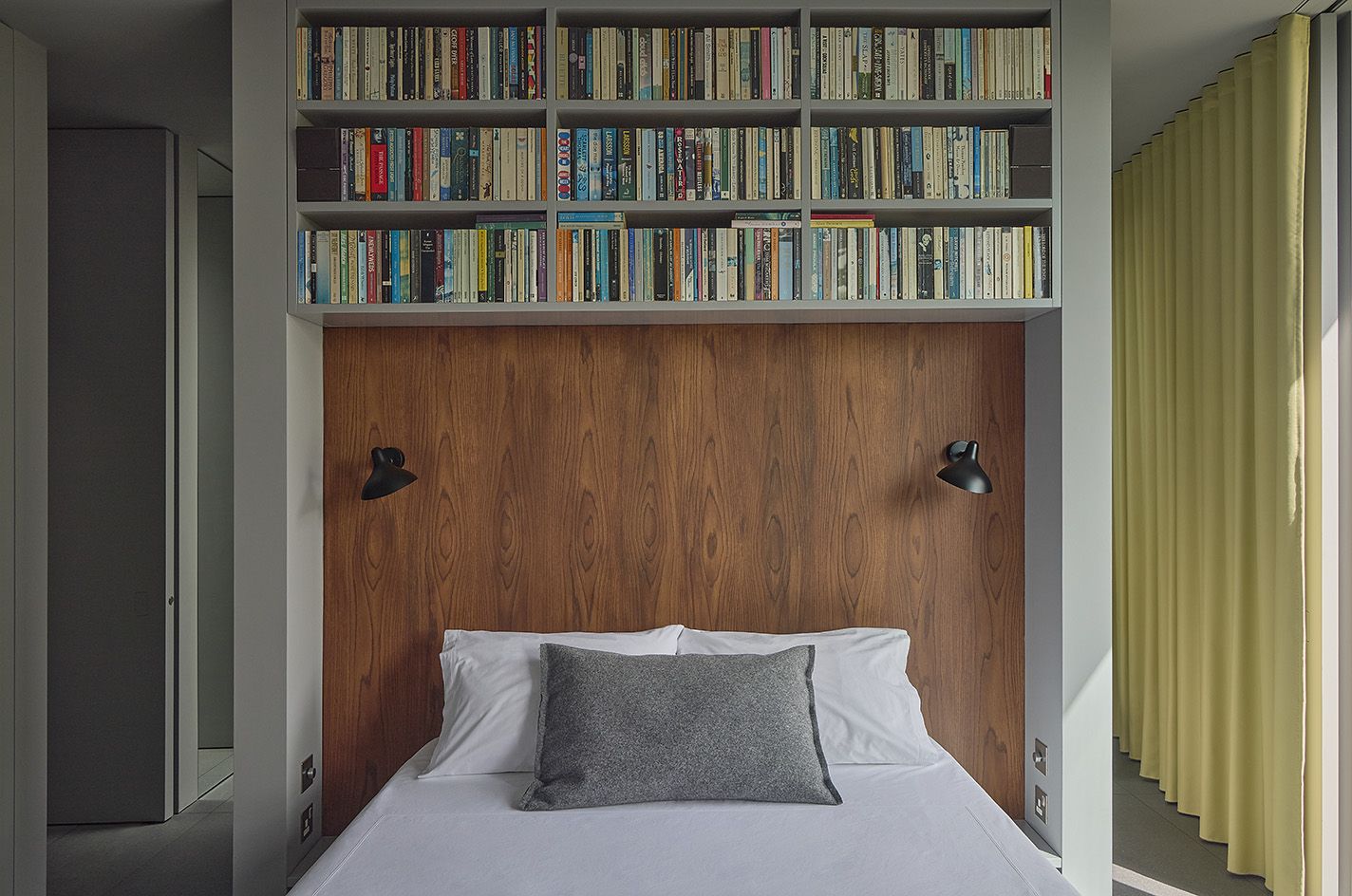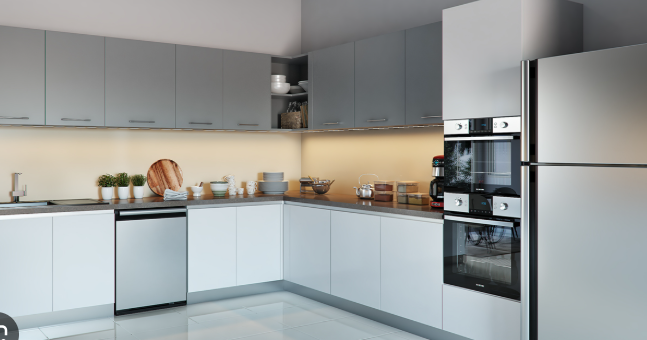How to Make a Minimalist Home Feel Warm & Inviting

Minimalism often sparks strong reactions. Some people love the idea of a clean, pared-back space that feels calm and uncluttered. Others hear the word and immediately picture stark white rooms that feel more like a gallery than a home and are immediately turned off.
But that’s starting to change as designers have started to rethink what minimalism can be. Instead of stripping everything away, they’re layering in warmth and texture. It’s less about living in a blank box and more about creating spaces that feel calm and clear while also feeling lived in. Many are calling it warm minimalism or story-driven minimalism…a style where simplicity and personality work together.
NEWSLETTER
Discover expert insights, and the latest home and design trends to enhance your space.
Instead of blankness, this approach leans into clarity. As architect Alex Sheft, principal of Los Angeles–based Sheft Farrace, says, anyone can strip a room bare and call it minimal. “The real discipline is to build just enough, so that the space holds its own even when it’s full of life. We’re not interested in blankness. We’re interested in clarity. Blankness pushes people out; clarity draws them in.”

(Courtesy of Colleen O’Brien)
When Beverly Hills florist Jean-Pascal dreamed up a new flagship store for his signature Flower Box Collection, he didn’t go for a flashy, over-the-top design. Instead, he partnered with Sheft Farrace, the architecture firm he knew from his Arts District neighborhood. The result? A lesson in how minimal spaces can feel both polished and personal.
Inside, the shop is wrapped in warm mahogany paneling — a choice that instantly softens what could have been another sleek, anonymous boutique. Stainless-steel flower fridges and bouquet workstations line the space, but instead of looking purely functional, they’re treated like part of the design. It’s minimalism, but with texture and warmth baked in.

(Courtesy of Colleen O’Brien)
What really brings it to life, though, are the personal layers: Jean-Pascal’s art, furniture, and small treasures woven throughout. The effect is less “storefront” and more like stepping into someone’s creative world. It feels gallery-like, but not intimidating; stylish, but still approachable.
That’s the takeaway for homeowners: a minimal space doesn’t have to feel empty. With the right mix of natural materials and personal objects, you can create a home that feels calm and edited, yet still unmistakably yours. It’s not about rejecting minimalism, but expanding it into something more human. A hallmark of story-driven minimalism is what designers choose to frame.
In Jean-Pascal’s shop, Sheft Farrace referenced Yves Saint Laurent’s Paris apartment, where the architecture withdrew into a calm wooden shell so art and objects became the subject. Here, flowers and personal artifacts are elevated in the same way. In homes, the “subject” might shift: a corner where you meditate, a wall of family photographs, or even a dining table where rituals play out.
The key isn’t to fill every surface, but to curate stages where meaning gathers. “We design for it by creating a few exact ‘stages’…a ledge, a niche, one wall…so what might become clutter gathers with intention, and the rest stays calm,” Sheft says.

(Courtesy of Yoshihiro Makino)
How to Personalize Without Clutter
One of the most practical challenges in minimalist interiors is avoiding the slide from pared-back to sterile, or from personal to messy.
Sheft’s solution is instructive for homeowners:
- Choose intentional stages. Designate a single bookshelf, one wall, or a floating ledge for objects. Everything else stays quiet.
- Rotate artifacts. Much like galleries rotate art, swap personal objects seasonally or as your life shifts. This keeps the room fresh without overwhelming it.
- Welcome patina. Materials like brass, marble, and wood will mark and age. Instead of resisting, plan for this evolution…it adds life.
- Balance beauty and oddity. Not every object needs to be “perfect.” As Sheft admits, his own stacks of books include a quirky volume on Tokyo public restrooms. Guests inevitably browse, and leave with a story. It’s minimalism that doesn’t reject life, but frames it with grace.
In minimalist design, material choices carry outsized weight. When there are fewer elements, each one matters more.
Sheft Farrace initially planned to use oak for Jean-Pascal’s shop, but sourcing led them to mahogany paneling that was both more unique and less expensive. The result is richer and warmer. Proof that minimalism doesn’t have to mean pale wood and concrete. “In general, we choose the most honest material available and let it speak by presenting it in as pure a way as we can,” Sheft explains.
For homeowners, this is a useful lesson: Don’t chase the “minimalist look.” Let materials do the visual work so you don’t need excessive ornament.
Storage Ideas That Maximize Style and Function
Minimalism has been through cycles. From the Zen-inspired austerity of the 1990s to the Instagram-friendly white boxes of the 2010s. But Sheft sees the next chapter as more systemic and inclusive. “Right now we’re excited by systems and materials that allow us to do more with less: wireless tech, lighting and climate systems that disappear into the envelope, engineered timber that spans farther with slimmer sections,” he says.
This technological clarity isn’t about gadgets, but about freeing space: fewer partitions, longer sightlines, quieter services. Homes that are easier to navigate, more flexible, and more inclusive. In short…minimalism as a tool for adaptability, not just aesthetics.
How You Can Bring Warm Minimalism Home
- Start with a quiet shell. Paint walls in soft, warm neutrals or wrap them in natural paneling. This creates a calm backdrop for life to unfold.
-
Choose materials with soul. Opt for wood with grain, stone with variation, fabrics with texture. The irregularity adds warmth.

(Courtesy of Colleen O’Brien)
- Curate stages for meaning. Dedicate one surface for personal artifacts. Don’t scatter; concentrate.
- Let patina in. Choose finishes that evolve. A little tarnish or weathering tells a story.
- Layer light intentionally. Use integrated or hidden lighting to soften corners, highlight objects, and create intimacy.
- Design for flexibility. Fewer partitions, longer sightlines. Spaces that can host both solitude and gatherings without reset.
At its best, warm minimalism isn’t just an aesthetic. It’s a philosophy about how we want to live. A florist’s shop may seem like a small example, but in Jean-Pascal’s new Beverly Hills storefront, the lessons scale up: a space that frames beauty without overpowering it, that layers personal history into professional identity, that demonstrates you can be minimal and still deeply human.
link


